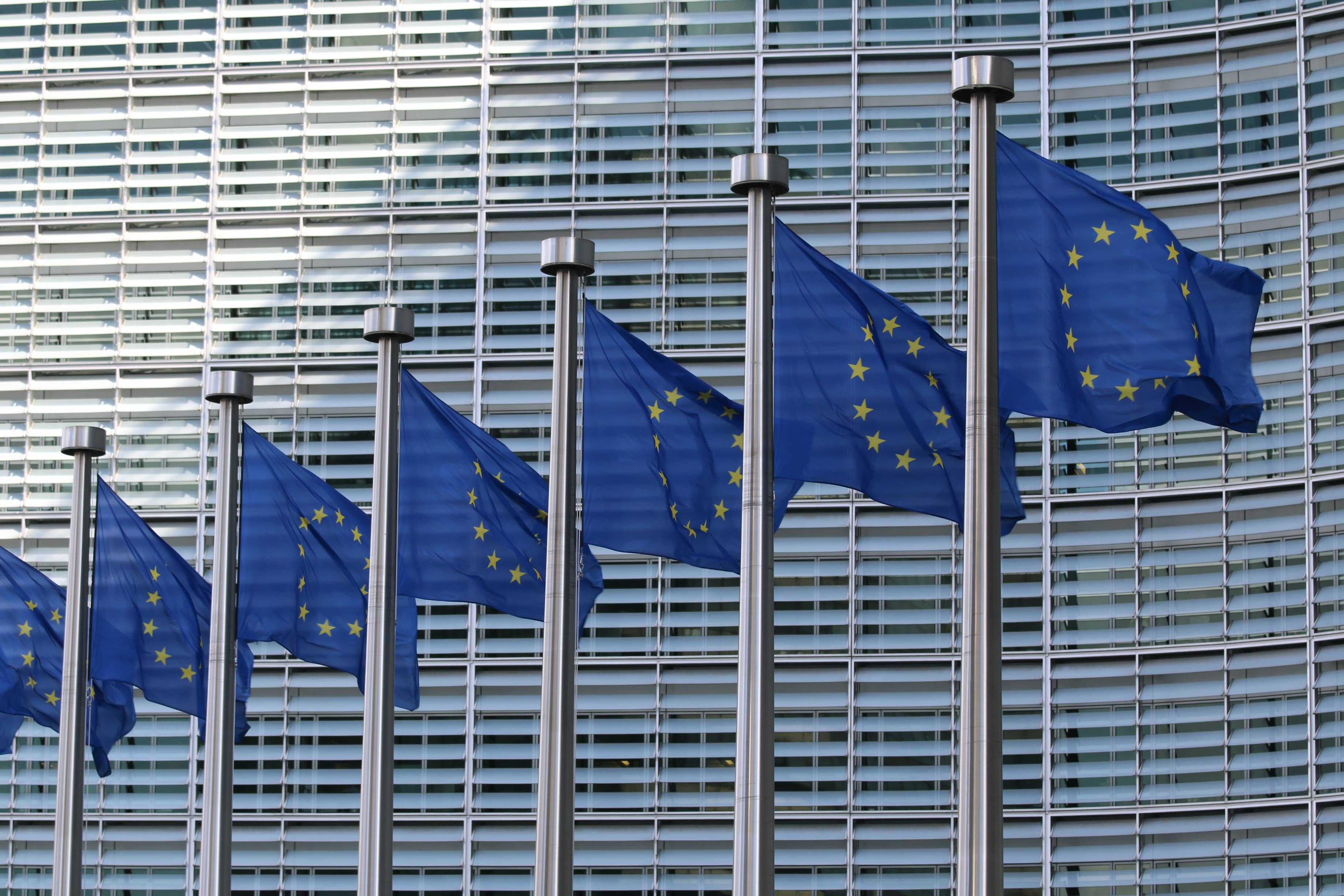Corporate Sustainability Reporting Directive (CSRD) Explained
NOTE: Due to the recent EU decisions to change and delay ESG regulations, check out our latest blog "The Uncertain State of EU ESG Legislation (CSRD & CSDDD) in 2025" for all the latest updates.
CSRD Summary
The Corporate Sustainability Reporting Directive (CSRD) is a sweeping European Union regulation that mandates extensive sustainability reporting from companies. In effect since January 2024, the CSRD requires businesses to disclose detailed information on their environmental, social, and governance (ESG) performance on a regular basis. This directive dramatically expands the scope of earlier EU rules – growing from roughly 11,000 companies under the old Non-Financial Reporting Directive (NFRD) to an estimated 50,000 companies under the CSRD (esgtoday.com).
The purpose of the CSRD is to improve corporate transparency and accountability on sustainability matters. By standardizing how companies report ESG data, the CSRD aims to help investors, consumers, and other stakeholders compare companies’ sustainability performance more easily. In practice, this means companies must go beyond glossy sustainability promises and provide hard data on their impacts and initiatives (with an external auditor checking that data for credibility). The importance of this regulation extends far beyond the EU – any company doing significant business in Europe or supplying EU customers may be touched by CSRD requirements.
What is the Corporate Sustainability Reporting Directive (CSRD)?
The Corporate Sustainability Reporting Directive (CSRD) is a European Union directive adopted in 2022 that overhauls and expands the existing non-financial reporting framework. In plain terms, it’s a new law that requires companies to report on their sustainability performance with the same rigor used for financial reporting. The CSRD builds on the earlier NFRD, but significantly broadens its scope and detail. Under the NFRD, only large “public interest” companies with over 500 employees had to provide limited ESG disclosures. The CSRD replaces the NFRD and massively widens this scope – encompassing nearly 50k entities across Europe and beyond(finance.ec.europa.eu). This means many more companies (including smaller listed firms and private large enterprises) are now caught in the CSRD net.
In terms of core principles, the CSRD introduces a concept of “double materiality.” This means companies must report both how sustainability issues affect their financial performance and how the company’s own activities impact people and the planet (pwc.com).
This double perspective ensures reporting isn’t just about climate risks to the business, but also about the business’s climate impact (and similarly for social and governance issues). The directive also mandates use of common reporting standards – the European Sustainability Reporting Standards (ESRS) – to ensure disclosures are consistent, comparable, and comprehensive across industries. Unlike the patchwork approach under NFRD, the CSRD’s standards detail specific metrics and qualitative disclosures companies must provide.
Why Was the CSRD Adopted?
The CSRD was adopted to address growing calls for transparency, comparability, and accountability in sustainability reporting. Several factors motivated this directive:
-
Closing the transparency gap & supporting EU climate goals: Under the old rules, only around 11,000 companies had to report limited ESG data, leaving investors and the public with patchy information. The CSRD was introduced to change that. By standardizing sustainability reporting, it supports the European Green Deal’s push for transparency and accountability, giving stakeholders consistent data on companies’ environmental and social impacts (dart.deloitte.com).
-
Preventing greenwashing and improving trust: With sustainability becoming a hot topic, there’s been a risk of companies “greenwashing” – making bold claims with little evidence. By requiring audited, detailed ESG data, the CSRD aims to weed out greenwashing. Companies will have to put up facts or risk reputational and legal consequences. Over time, this should improve stakeholder trust in companies’ sustainability reports (no more vague platitudes without proof).
Who is Impacted?
The CSRD scope covers a much wider range of companies compared to its predecessor, the NFRD. It affects both EU-based and non-EU companies, depending on size, listing status, and level of EU activity. Procurement and supply chain professionals should pay close attention — even if your company isn’t directly in scope, your clients or partners might be, and they’ll start asking for ESG data from you.

Companies within the EU
All large EU companies must comply with CSRD reporting requirements. According to the directive, a “large” company is one that meets at least two out of the following three thresholds:
-
More than 250 employees
-
Net turnover over €50 million
-
Total assets exceeding €25 million
Additionally, all listed companies on EU-regulated markets must report under CSRD — this includes listed SMEs, though they are given a longer phase-in period and the option to opt out until 2028. This marks a huge shift in reporting obligations for many mid-sized companies that were previously exempt. If you’re a procurement or sustainability leader in an EU-based manufacturer, food & beverage brand, utility, or industrial player — odds are, you’re now on the hook.
Companies outside of the EU
Non-EU companies aren’t off the hook. If your organization generates more than €150 million in annual turnover within the EU and has either:
-
A branch in the EU generating at least €40 million in net turnover
OR -
A subsidiary classified as “large” or listed within the EU
…then you’ll be required to publish a sustainability report aligned with CSRD standards starting in FY2028 (reports due in 2029). That includes many global manufacturers, mining conglomerates, chemical producers, and pharma companies with a European presence. The aim is clear: if you're profiting from the EU market, you need to play by its sustainability rules.
Non-EU vs EU companies: what’s the difference?
While the core reporting expectations are largely the same for EU and non-EU companies, there are a few distinctions worth noting:
-
EU companies report at the entity level (i.e., the whole company if it’s based in the EU), whereas non-EU companies must report at the consolidated group level for their global operations, but only if they meet the turnover threshold.
-
Non-EU companies may face additional complexities due to differences in ESG regulations in their home countries and the need to harmonize those with CSRD compliance.
-
Both will use ESRS (European Sustainability Reporting Standards), but the EU is actively working on guidance tailored for non-EU parent companies to help bridge those gaps.
The bottom line: global companies can’t afford to ignore CSRD. Whether you're based in Berlin or Boston, if you have strong commercial ties to Europe, it’s time to start preparing.
Reporting Requirements
Under the CSRD’s reporting requirements, companies must conduct a double materiality assessment and disclose a wide range of ESG information. They will need to report on their environmental, social, and governance impacts and performance, including topics like climate change, resource use, workforce conditions, human rights, and business ethics. The disclosures should cover the company’s policies, targets, actions, and outcomes for each material sustainability topic. To ensure consistency, reports must follow the European Sustainability Reporting Standards (ESRS), which define specific metrics and disclosures. Companies will also need to get their sustainability data externally assured (limited assurance to start) by an independent auditor.
CSRD Reporting Timeline
The CSRD’s implementation is staggered over several years:
-
2024: Reporting kicks off for companies already subject to the NFRD (large public-interest firms with 500+ employees), covering fiscal year 2024 (with reports published in 2025).
-
2025: All other large EU companies (those meeting the size thresholds above) come into scope, reporting on FY 2025 (reports in 2026).
-
2026: Listed small and medium-sized enterprises (and other qualifying small institutions) start reporting on FY 2026 (reports in 2027), though listed SMEs can opt to delay until 2028.
-
2028: Non-EU companies with EU turnover above €150M and a significant EU branch or subsidiary will need to report on FY 2028 (reports in 2029).
In short, the first CSRD reports will appear in 2025, and by 2029 even some non-European companies will be reporting. The timeline leaves little time to prepare, especially for companies entering scope in the next couple of years. Deadlines that once seemed far off are now approaching fast, so companies should act now to avoid scrambling

What Steps Should Companies Take?
For companies in scope (or expecting to be), the big question is: How to get ready for CSRD compliance? Here are some practical steps and strategies to consider:
-
Perform a Double Materiality Analysis: Conduct a thorough double materiality assessment to identify what sustainability topics are most material to your business and stakeholders. It’s essentially the foundation for your CSRD report – you’ll need to disclose the results of this analysis and use it to focus your reporting. If you haven’t done one, start now. Leverage existing frameworks like GRI or SASB as a starting point, but remember CSRD sets a higher bar covering both financial and impact materiality.
-
Set Up Data Collection and ESG Reporting Systems: One of the most challenging aspects of CSRD compliance is data gathering. Establish robust processes and systems to collect ESG data across all required areas. Key data points like greenhouse gas emissions (especially Scope 3 supply chain emissions), workforce demographics, or supplier audit results might not be readily available in traditional systems. According to one global survey, 83% of professionals said that collecting accurate data for CSRD will be a challenge for their organization – so you’re not alone if this feels daunting. To tackle this challenge, leverage cross-functional teams and modern ESG data systems. Remember, CSRD may require information that is scattered across multiple departments (finance, HR, procurement, operations), so investing in a good data infrastructure now will make reporting smoother later. Check out Kodiak Hub's CSRD Reporting tool.
-
Integrate CSRD into Governance and Internal Controls: Treat sustainability data with the same rigor as financial data. Set up strong internal controls for ESG information – for example, assign clear data owners for each metric, implement review and sign-off workflows, and document how each metric is calculated. Involve your internal audit team (or create an internal review process) to self-check the data before the external auditor does. The goal is to be “audit-ready” for that limited assurance engagement. This may require training your finance and audit staff on ESG topics. Also, brief your board and senior management – leadership should be aware of CSRD obligations and oversee the reporting process, mirroring the way they oversee financial reporting.
-
Develop the Reporting Content and Process: Start drafting what your sustainability report will look like under CSRD. Get familiar with the ESRS disclosure requirements and perform a gap analysis against your current reporting. Create a work plan mapping each required disclosure to a source or team in your organization. Build a timeline for the reporting process, integrating it with your financial reporting calendar – for instance, if annual reports are compiled in March, make sure ESG data is ready by then. Building a repeatable process is key, because CSRD reporting will be annual (and could become more frequent in the future). Consider seeking guidance from consultants or peers who have been through it, especially for the first reporting year. Ensuring your report is digitally formatted (as required) and easily accessible is also part of the process.
-
Train and Engage Your People: Ensure your organization is informed about the CSRD and everyone knows their role in compliance. Provide training and clear guidance to all data owners internally, and engage key suppliers early if you will need their input. Notably, 88% of business executives agreed that having a strong ESG reporting system gives their organization a competitive advantage (esgtoday.com). – use that insight to inspire buy-in across your company. Read more about Supplier Engagement.
Kodiak Hub Is Here To Help
Finally, don’t hesitate to seek external help or tools to ease the journey. This is where Kodiak comes in. Kodiak specializes in helping companies navigate complex supply chain and sustainability requirements. From streamlined ESG data collection across your operations and suppliers, to software solutions that align with CSRD standards, Kodiak Hub can assist your CSRD compliance journey. We can help set up robust reporting systems, train your staff, and even pre-audit your data so that when it’s time to officially report, you’re confident and ready. Reach out to Kodiak to learn how we can support your CSRD reporting strategy and ensure you stay ahead of these new requirements.











